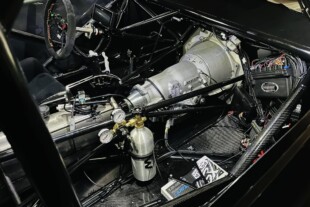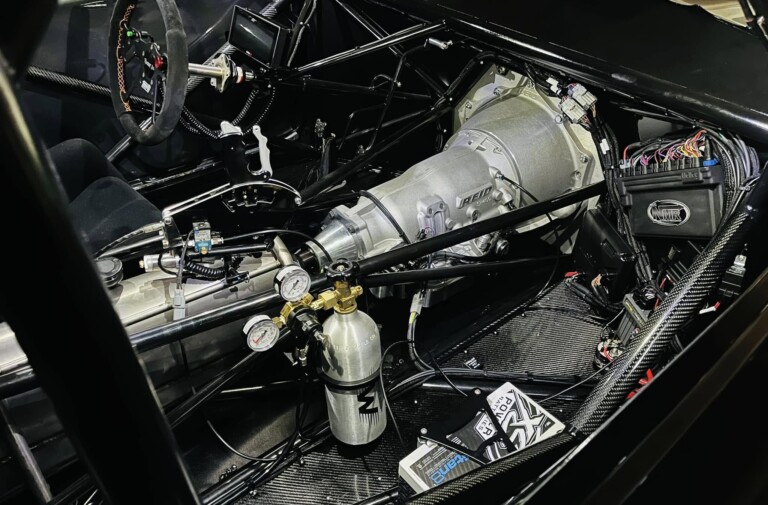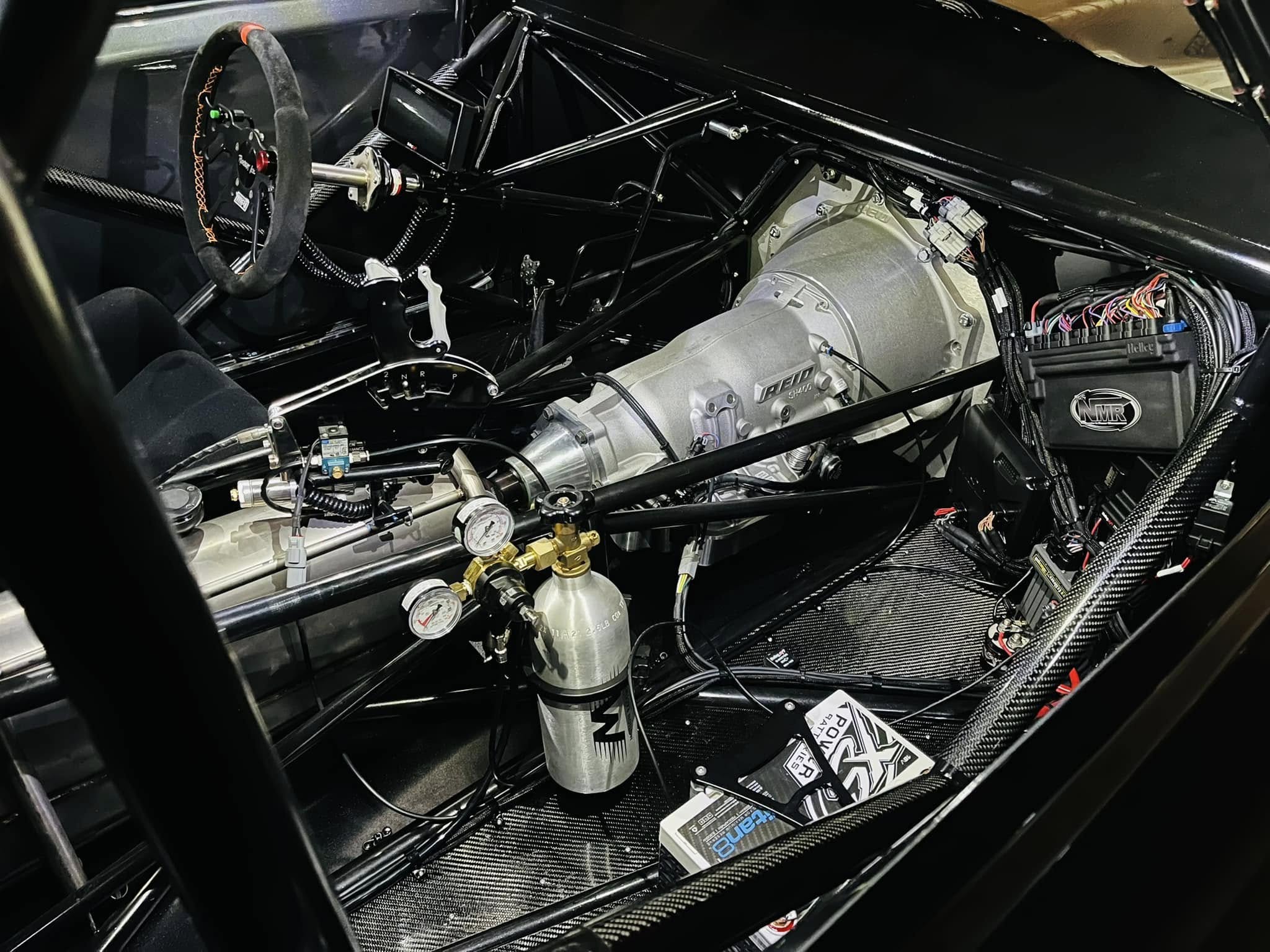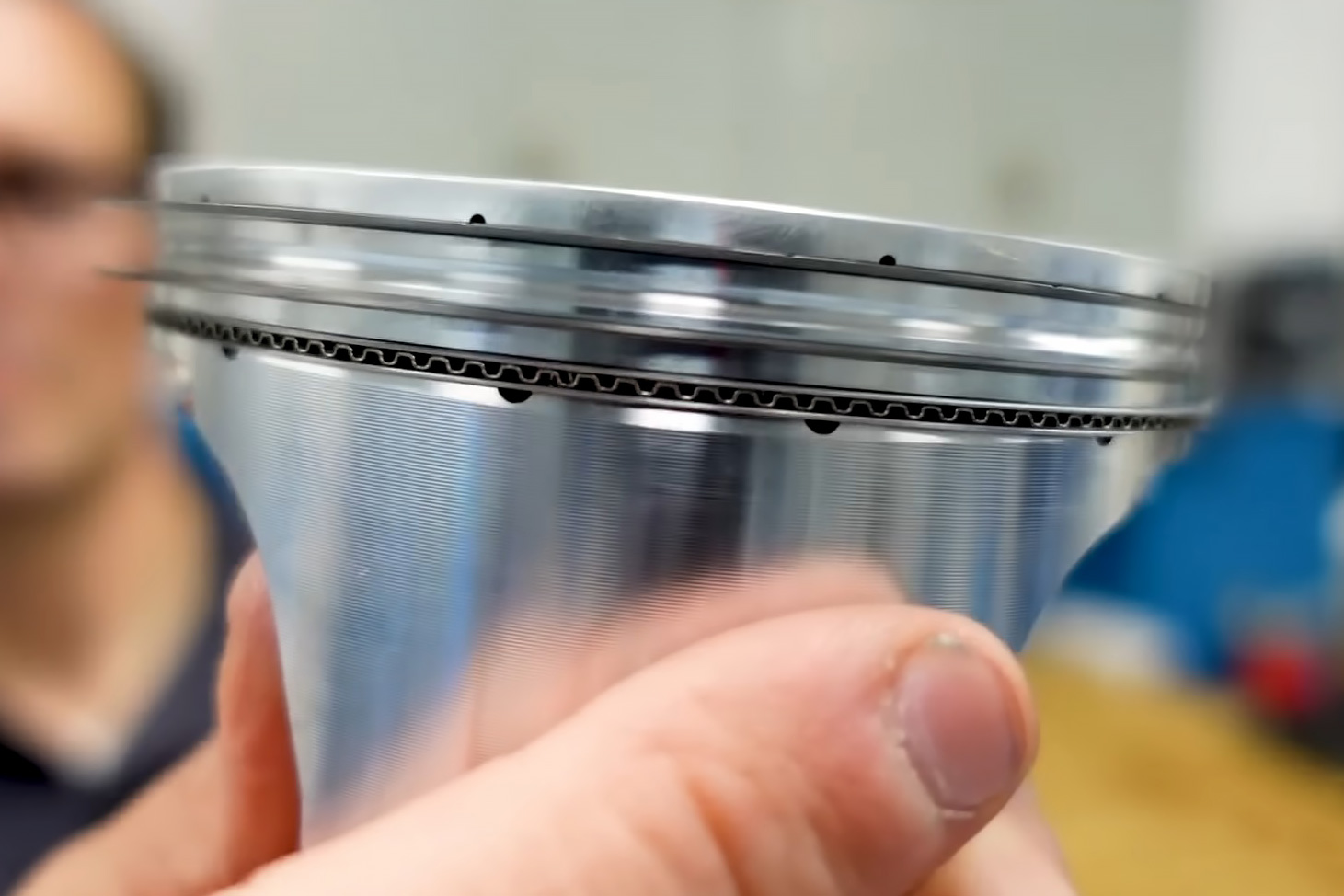Here at EngineLabs, there’s no denying we are tech nerds. We like new technology, especially when it comes to engines, but also understand the “If it ain’t broke, don’t fix it” mentality. However, we have done plenty of our own fixing of things that weren’t broken, and have been able benefit from the willingness to try new things.
To that end, we bring you this video we found from Tech Planet, documenting their “Top 7 Weirdest Engines.” While these technologies are indeed advanced – one so much so that we aren’t even including it, as it’s not really an engine – we have actually covered two of the engines in the video in more in-depth articles, previously. With that said, we’ll take a quick look at six of the seven engine designs featured in the video.
Infiniti’s Variable Compression Turbo
This first technology is one we covered – almost a year ago to-the-day – in this article , and that is Infiniti’s interesting Variable Compression Engine. By using a set of dual connecting rods in each cylinder, connected by an elliptical connector called a Multilink, which resembles a Watts Link at first glance, and can be externally restricted, allowing for an adjusted range of piston travel in the bore.
The variable range of piston travel allows for 8.0:1 to 14.0:1 variable compression ratio, which, combined with the turbocharger offers the advantages of a low-compression forced-induction configuration, and a high-compression naturally aspirated configuration, in the same engine, adjustable on-the-fly as driving conditions demand. A seriously complex system, for sure, it is set to debut as soon as 2019.
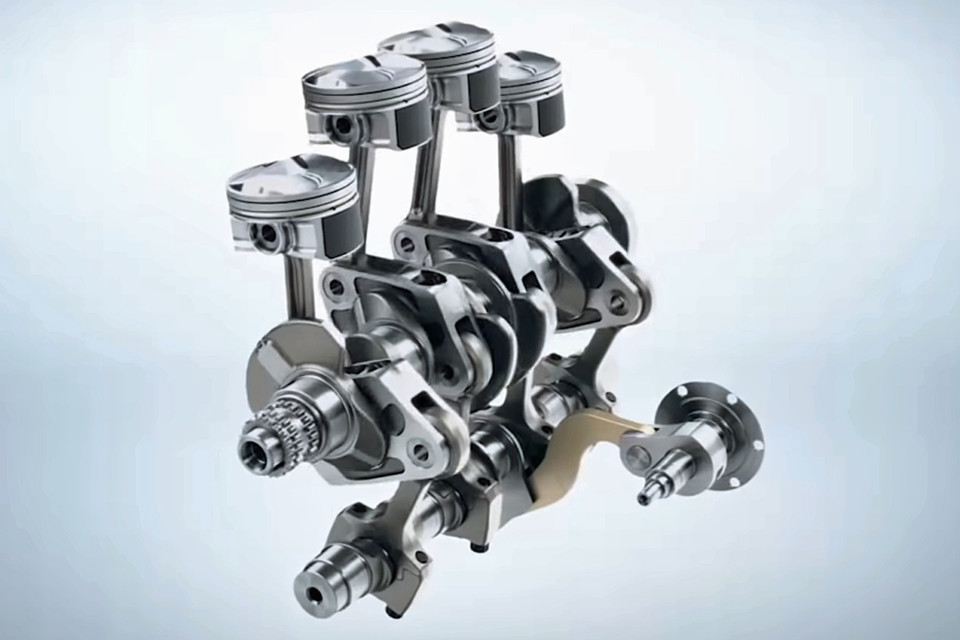
Infiniti’s variable-compression technology is considerably more complicated and involved than a traditional setup, incorporating the Multilink and associated control mechanisms.
Circle Cycle Engine
The Circle Cycle Engine is odd contraption definitely earns the title of “weird” as it is an “orbital, non-reciprocating” engine design. In this engine, both the piston and cylinder rotate on counter-rotating drive wheels. There are no engine valves used in the design, instead relying on the separation of the piston and cylinder to perform the exhaust functions, and the movement of joining the cylinder and piston to comprise the intake stroke.
It’s operates in a similar fashion to a two-stroke engine, except that there are only two cycles in the engine’s operation, and everything is moving perpetually forward, so there are no “strokes”; thus, the “non-reciprocating” title. There are currently two prototypes of the engines in operation, and it would probably be safe to say the design as a whole is still in the prototype phase.
Quasiturbine
The Quasiturbine looks like something dreamed up by an engineer that is a science-fiction fan, who had an RX-7 as their first car. It is a rotary-style engine, but with a four-sided variable-geometry rotor which resides in an oval housing. This particular engine differs from a Wankel rotary engine in that there is no eccentric built into the crankshaft, rather it’s the geometry of the rotor that alters, providing a constant center distance.
It still maintains the traditional four-cycle operation, but provides one full power stroke per rotor face, per revolution. With four rotor faces, that provides four power strokes per revolution of the crankshaft, eight-times that of a traditional cylinder in a piston engine (if you consider one Quasiturbine rotor assembly as the equivalent of one cylinder). This engine design is currently only sold as an air or steam-powered engine, with an internal combustion version of the engine being worked on.
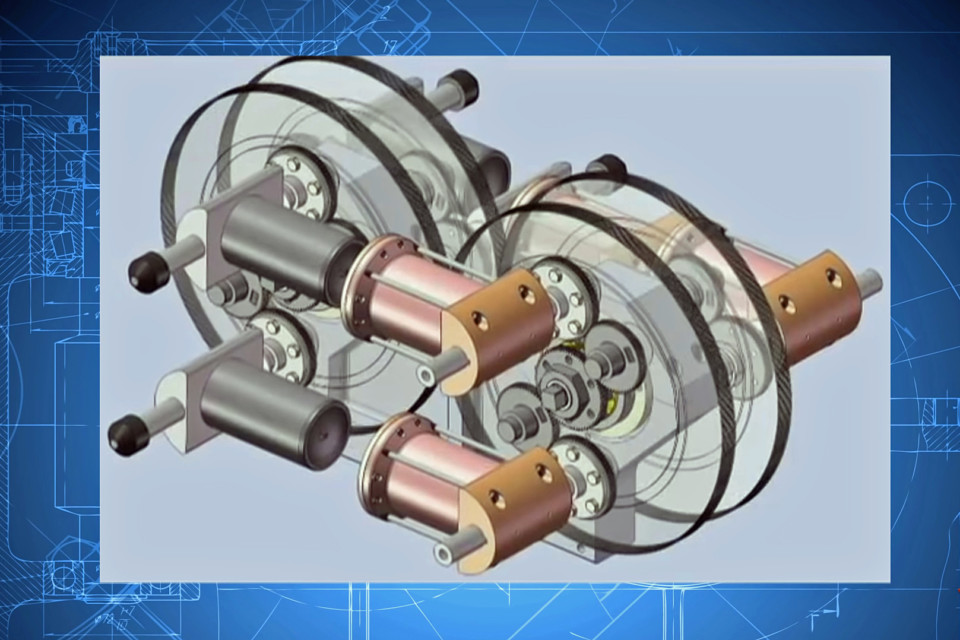
The Circle Cycle engine eliminates the need for valvetrain as only the compression and and power “strokes” are retained, with the piston and cylinder completely separating between each cycle.
Mazda Skyactiv-X
The second engine technology which we have previously reported on is Mazda’s Spark Controlled Compression Ignition or SPCCI. The engine, known as the Skyactiv-X, combines the benefits of a spark-ignition engine with those of a compression-ignition diesel engine.
Since controlling compression-ignition timing of gasoline is extremely difficult, Mazda’s answer was to use spark ignition of the ultra-lean air fuel mixture as the mechanism of the final bit of compression needed to get the entire charge to ignite from compression.
The benefit is that by altering air-fuel mixtures and spark timing, the Skyactiv-X system can alternate between traditional gasoline spark-ignition and SPCCI very rapidly and dynamically, optimizing the engine’s performance and economy instantaneously, based on a load map. This technology debuted publicly this month at the LA Auto Show and will be available on the 2019 model-year Mazda 3.
Achates 2.7L
The Achates 2.7L engine isn’t a new concept, but is definitely one that is different, and shows some serious promise in a production vehicle application. A six-cylinder diesel engine, the Achates is a horizontally opposed engine, but not like a traditional Boxer engine.
Rather, the “opposed-piston” engine design uses two outboard crankshafts and pistons that move inward towards each other in a common, shared cylinder. The two piston faces come together to form the combustion chamber in which the air and diesel fuel charge is compression ignited, like a traditional diesel engine.
However, unlike current traditional diesel engines, there is no valvetrain, as the engine is a two-stroke design, offering twice the power strokes per crankshaft revolution. In the shared cylinder design, one piston controls the intake ports, while the other handles the exhaust, powered simply by piston motion and airflow scavenging. This engine has undergone extensive emissions and performance testing, and has been proven to meet proposed CAFÉ 2025 requirements.
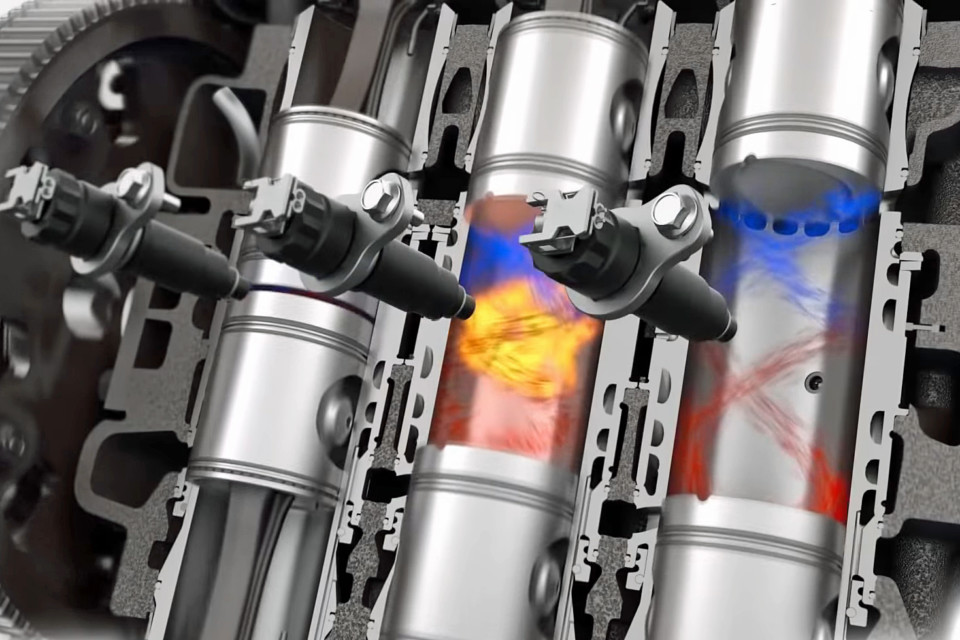
The Achates diesel engine is essentially a Boxer engine turned inside-out. The two-stroke, two-piston-per-cylinder design is unique with intake and exhaust ports on opposite ends of the cylinders, “controlled” by different pistons.
LiquidPiston X Engine
LiquidPiston’s X Engine is described as a non-Wankel rotary engine. While like the Wankel (and unlike the Circle Cycle), the X Engine uses an eccentric shaft, that is where the X Engine’s similarities to the Wankel largely end.
Touted as “simple” and “elegant”, due to its very small number of moving parts, the X Engine uses LiquidPiston’s High-Efficiency Hybrid Cycle, which makes it possible for a single rotor to be acting on a different step of the four-cycle process in three different “cylinders” at the same time.
One full revolution of the rotor sees three separate, individual combustion combustion cycles take place. While the company claims far more efficiency than a Wankel, unfortunately we live in a world regulated by emissions standards, and we have to wonder if the X Engine would fall victim to the same heavy-handed regulations that have always plagued the Wankel.
What do you think? Were we right in skipping the X3 Thruster as “not an engine”? Are there any other weird engines that the video missed? Let us know in the comments.
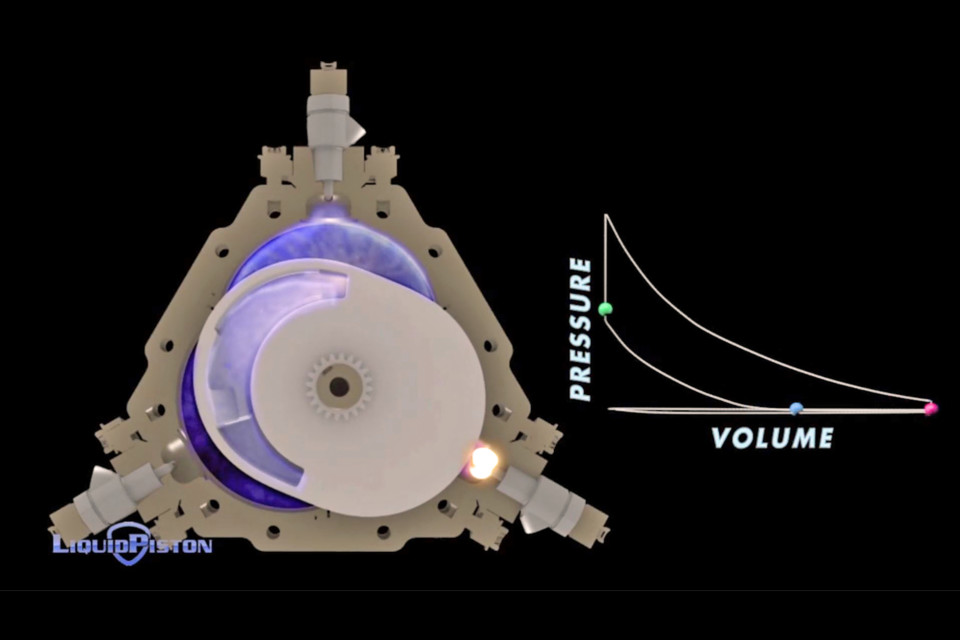
The LiquidPiston X Engine is a rotary engine, but not a Wankel. With three combustion chambers per “rotor housing” there are three power strokes per revolution of the engine, which makes for serious power potential in a very small package.



